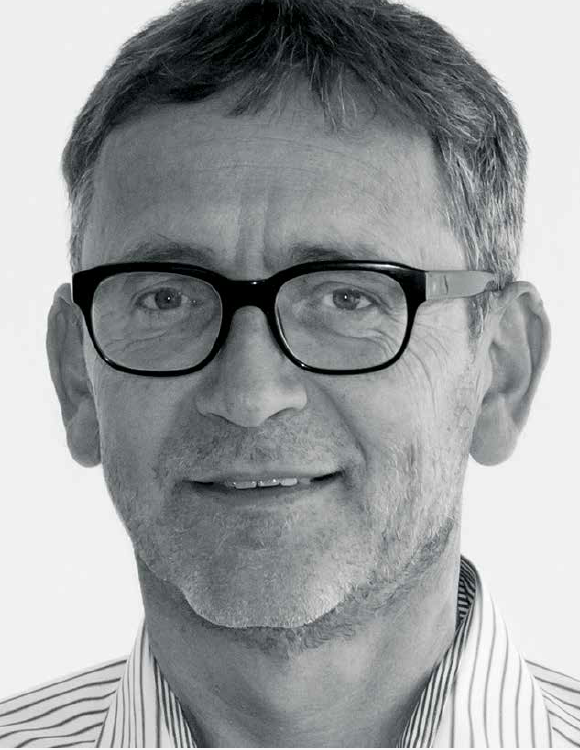Can You Show Me the Next S-Curve, Please?
The evolution of technologies is often described using the “S-curve” model. In the early stage, in the first phase of its life cycle, technology is mainly driven by fundamental research. Only a few players are active at that time and innovation steps are quite large. In the second phase, early adopters start to develop products and bring them to market. This phase is characterized by huge investments. In the third phase, more and more players enter the technology field, competition becomes important and development speed of the technology decreases. In the last phase, the technology is mature, (nearly) everybody can use it, there are fewer margins and the technology should be replaced by a new one. Many of the SSL technologies have meanwhile reached maturity. Where are the upcoming technologies, what will be the next S-curve? Looking at technology discussions and lectures at LpS 2017 I tried to find answers to these questions.
In his keynote speech, Jan Denneman (Global Lighting Association) identified IoT/connected lighting and Human Centric Lighting (HCL) as the next technology S-curves. An analysis of the LpS 2017 lectures shows that connected lighting is based on mature communication technologies that are already in a late stage of their life-cycle. Of course some aspects have to be adopted for lighting; for example, low latency for IoT devices with limited computational resources are mandatory for lighting devices as explained in one of the lectures. But these adoptions will be small innovation steps. Devices ready for the lighting market have been presented and will be available for everyone. Differentiation potential and chances for growth in the lighting industry will be very limited - even if adoption of the technology is a must for everyone in the branch.
HCL is different. Several lectures dealing with fundamental research on the effect of light on humans were presented but little implementation of research results into products or systems was shown. This brings me to the conclusion that we are still in a very early stage of the HCL S-curve (for the past 10 years). How the development of this technology will look and how fast it will start to rise is hard to estimate. But human centric lighting has the potential to become one of the next S-curves in solid state lighting.
There are other technologies that can be compared to IoT and HCL that might become one of the interesting S-curves. Quantum dots (QD) are still an object of basic research, as the work of Ekaterina Nannen, winner of the LpS 2017 Scientific Award, shows. But there are also promising steps towards market introduction of LEDs with QDs. Naturally, work still has to be done to develop cadmium free QDs but this technology could be an energy efficient replacement for phosphors, providing high level light quality. They can also be used as light emitters, as Ekaterina Nannen showed.
Laser diode (LD) systems show very promising properties, at least for narrow beam systems or systems with special light distributions. Although automotive head lamps have already been realized using this technology, the conference showed that there is still some ongoing research. Especially phosphors and conversion systems have to be optimized and characterized. No new applications of LD systems in products were shown, which may be taken as evidence that LD lighting is in an early stage of the S-curve.
SWe can never predict how a technology will develop; when the S-curve will start to rise or how important the technology will become. To ascertain which technologies might be of interest in the future, an analysis of the conference topics would help.
Günther Sejkora
He received his PhD from the University of Innsbruck after studying
physics, IT and mathematics. He spent more than 20 years in the Research &
Development department at Zumtobel Lighting and then went on to start his own company, “items” where, together with industrial partners, he has carried out more than 50 R&D and technology projects in the fields of LED lighting and lighting controls. He was Managing Director of the Kompetenzzentrum Licht GmbH from 2010 to 2015 and is currently the Research and Innovation Manager at Luger Research.
(c) Luger Research e.U. - 2018

